Medical
Gaming
Communication
Military
Research
Non-Invasive
Invasive
Semi-Invasive
Healthcare
Entertainment
Education
Defense
Research Institutions
North America
Europe
South America
Asia Pacific
Middle East and Africa
North America Outlook (USD Billion, 2019-2035)
North America Brain-Computer Interface Market by Application Type
Medical
Gaming
Communication
Military
Research
North America Brain-Computer Interface Market by Technology Type
Non-Invasive
Invasive
Semi-Invasive
North America Brain-Computer Interface Market by End Use Type
Healthcare
Entertainment
Education
Defense
Research Institutions
North America Brain-Computer Interface Market by Regional Type
US
Canada
US Outlook (USD Billion, 2019-2035)
US Brain-Computer Interface Market by Application Type
Medical
Gaming
Communication
Military
Research
US Brain-Computer Interface Market by Technology Type
Non-Invasive
Invasive
Semi-Invasive
US Brain-Computer Interface Market by End Use Type
Healthcare
Entertainment
Education
Defense
Research Institutions
CANADA Outlook (USD Billion, 2019-2035)
CANADA Brain-Computer Interface Market by Application Type
Medical
Gaming
Communication
Military
Research
CANADA Brain-Computer Interface Market by Technology Type
Non-Invasive
Invasive
Semi-Invasive
CANADA Brain-Computer Interface Market by End Use Type
Healthcare
Entertainment
Education
Defense
Research Institutions
Europe Outlook (USD Billion, 2019-2035)
Europe Brain-Computer Interface Market by Application Type
Medical
Gaming
Communication
Military
Research
Europe Brain-Computer Interface Market by Technology Type
Non-Invasive
Invasive
Semi-Invasive
Europe Brain-Computer Interface Market by End Use Type
Healthcare
Entertainment
Education
Defense
Research Institutions
Europe Brain-Computer Interface Market by Regional Type
Germany
UK
France
Russia
Italy
Spain
Rest of Europe
GERMANY Outlook (USD Billion, 2019-2035)
GERMANY Brain-Computer Interface Market by Application Type
Medical
Gaming
Communication
Military
Research
GERMANY Brain-Computer Interface Market by Technology Type
Non-Invasive
Invasive
Semi-Invasive
GERMANY Brain-Computer Interface Market by End Use Type
Healthcare
Entertainment
Education
Defense
Research Institutions
UK Outlook (USD Billion, 2019-2035)
UK Brain-Computer Interface Market by Application Type
Medical
Gaming
Communication
Military
Research
UK Brain-Computer Interface Market by Technology Type
Non-Invasive
Invasive
Semi-Invasive
UK Brain-Computer Interface Market by End Use Type
Healthcare
Entertainment
Education
Defense
Research Institutions
FRANCE Outlook (USD Billion, 2019-2035)
FRANCE Brain-Computer Interface Market by Application Type
Medical
Gaming
Communication
Military
Research
FRANCE Brain-Computer Interface Market by Technology Type
Non-Invasive
Invasive
Semi-Invasive
FRANCE Brain-Computer Interface Market by End Use Type
Healthcare
Entertainment
Education
Defense
Research Institutions
RUSSIA Outlook (USD Billion, 2019-2035)
RUSSIA Brain-Computer Interface Market by Application Type
Medical
Gaming
Communication
Military
Research
RUSSIA Brain-Computer Interface Market by Technology Type
Non-Invasive
Invasive
Semi-Invasive
RUSSIA Brain-Computer Interface Market by End Use Type
Healthcare
Entertainment
Education
Defense
Research Institutions
ITALY Outlook (USD Billion, 2019-2035)
ITALY Brain-Computer Interface Market by Application Type
Medical
Gaming
Communication
Military
Research
ITALY Brain-Computer Interface Market by Technology Type
Non-Invasive
Invasive
Semi-Invasive
ITALY Brain-Computer Interface Market by End Use Type
Healthcare
Entertainment
Education
Defense
Research Institutions
SPAIN Outlook (USD Billion, 2019-2035)
SPAIN Brain-Computer Interface Market by Application Type
Medical
Gaming
Communication
Military
Research
SPAIN Brain-Computer Interface Market by Technology Type
Non-Invasive
Invasive
Semi-Invasive
SPAIN Brain-Computer Interface Market by End Use Type
Healthcare
Entertainment
Education
Defense
Research Institutions
REST OF EUROPE Outlook (USD Billion, 2019-2035)
REST OF EUROPE Brain-Computer Interface Market by Application Type
Medical
Gaming
Communication
Military
Research
REST OF EUROPE Brain-Computer Interface Market by Technology Type
Non-Invasive
Invasive
Semi-Invasive
REST OF EUROPE Brain-Computer Interface Market by End Use Type
Healthcare
Entertainment
Education
Defense
Research Institutions
APAC Outlook (USD Billion, 2019-2035)
APAC Brain-Computer Interface Market by Application Type
Medical
Gaming
Communication
Military
Research
APAC Brain-Computer Interface Market by Technology Type
Non-Invasive
Invasive
Semi-Invasive
APAC Brain-Computer Interface Market by End Use Type
Healthcare
Entertainment
Education
Defense
Research Institutions
APAC Brain-Computer Interface Market by Regional Type
China
India
Japan
South Korea
Malaysia
Thailand
Indonesia
Rest of APAC
CHINA Outlook (USD Billion, 2019-2035)
CHINA Brain-Computer Interface Market by Application Type
Medical
Gaming
Communication
Military
Research
CHINA Brain-Computer Interface Market by Technology Type
Non-Invasive
Invasive
Semi-Invasive
CHINA Brain-Computer Interface Market by End Use Type
Healthcare
Entertainment
Education
Defense
Research Institutions
INDIA Outlook (USD Billion, 2019-2035)
INDIA Brain-Computer Interface Market by Application Type
Medical
Gaming
Communication
Military
Research
INDIA Brain-Computer Interface Market by Technology Type
Non-Invasive
Invasive
Semi-Invasive
INDIA Brain-Computer Interface Market by End Use Type
Healthcare
Entertainment
Education
Defense
Research Institutions
JAPAN Outlook (USD Billion, 2019-2035)
JAPAN Brain-Computer Interface Market by Application Type
Medical
Gaming
Communication
Military
Research
JAPAN Brain-Computer Interface Market by Technology Type
Non-Invasive
Invasive
Semi-Invasive
JAPAN Brain-Computer Interface Market by End Use Type
Healthcare
Entertainment
Education
Defense
Research Institutions
SOUTH KOREA Outlook (USD Billion, 2019-2035)
SOUTH KOREA Brain-Computer Interface Market by Application Type
Medical
Gaming
Communication
Military
Research
SOUTH KOREA Brain-Computer Interface Market by Technology Type
Non-Invasive
Invasive
Semi-Invasive
SOUTH KOREA Brain-Computer Interface Market by End Use Type
Healthcare
Entertainment
Education
Defense
Research Institutions
MALAYSIA Outlook (USD Billion, 2019-2035)
MALAYSIA Brain-Computer Interface Market by Application Type
Medical
Gaming
Communication
Military
Research
MALAYSIA Brain-Computer Interface Market by Technology Type
Non-Invasive
Invasive
Semi-Invasive
MALAYSIA Brain-Computer Interface Market by End Use Type
Healthcare
Entertainment
Education
Defense
Research Institutions
THAILAND Outlook (USD Billion, 2019-2035)
THAILAND Brain-Computer Interface Market by Application Type
Medical
Gaming
Communication
Military
Research
THAILAND Brain-Computer Interface Market by Technology Type
Non-Invasive
Invasive
Semi-Invasive
THAILAND Brain-Computer Interface Market by End Use Type
Healthcare
Entertainment
Education
Defense
Research Institutions
INDONESIA Outlook (USD Billion, 2019-2035)
INDONESIA Brain-Computer Interface Market by Application Type
Medical
Gaming
Communication
Military
Research
INDONESIA Brain-Computer Interface Market by Technology Type
Non-Invasive
Invasive
Semi-Invasive
INDONESIA Brain-Computer Interface Market by End Use Type
Healthcare
Entertainment
Education
Defense
Research Institutions
REST OF APAC Outlook (USD Billion, 2019-2035)
REST OF APAC Brain-Computer Interface Market by Application Type
Medical
Gaming
Communication
Military
Research
REST OF APAC Brain-Computer Interface Market by Technology Type
Non-Invasive
Invasive
Semi-Invasive
REST OF APAC Brain-Computer Interface Market by End Use Type
Healthcare
Entertainment
Education
Defense
Research Institutions
South America Outlook (USD Billion, 2019-2035)
South America Brain-Computer Interface Market by Application Type
Medical
Gaming
Communication
Military
Research
South America Brain-Computer Interface Market by Technology Type
Non-Invasive
Invasive
Semi-Invasive
South America Brain-Computer Interface Market by End Use Type
Healthcare
Entertainment
Education
Defense
Research Institutions
South America Brain-Computer Interface Market by Regional Type
Brazil
Mexico
Argentina
Rest of South America
BRAZIL Outlook (USD Billion, 2019-2035)
BRAZIL Brain-Computer Interface Market by Application Type
Medical
Gaming
Communication
Military
Research
BRAZIL Brain-Computer Interface Market by Technology Type
Non-Invasive
Invasive
Semi-Invasive
BRAZIL Brain-Computer Interface Market by End Use Type
Healthcare
Entertainment
Education
Defense
Research Institutions
MEXICO Outlook (USD Billion, 2019-2035)
MEXICO Brain-Computer Interface Market by Application Type
Medical
Gaming
Communication
Military
Research
MEXICO Brain-Computer Interface Market by Technology Type
Non-Invasive
Invasive
Semi-Invasive
MEXICO Brain-Computer Interface Market by End Use Type
Healthcare
Entertainment
Education
Defense
Research Institutions
ARGENTINA Outlook (USD Billion, 2019-2035)
ARGENTINA Brain-Computer Interface Market by Application Type
Medical
Gaming
Communication
Military
Research
ARGENTINA Brain-Computer Interface Market by Technology Type
Non-Invasive
Invasive
Semi-Invasive
ARGENTINA Brain-Computer Interface Market by End Use Type
Healthcare
Entertainment
Education
Defense
Research Institutions
REST OF SOUTH AMERICA Outlook (USD Billion, 2019-2035)
REST OF SOUTH AMERICA Brain-Computer Interface Market by Application Type
Medical
Gaming
Communication
Military
Research
REST OF SOUTH AMERICA Brain-Computer Interface Market by Technology Type
Non-Invasive
Invasive
Semi-Invasive
REST OF SOUTH AMERICA Brain-Computer Interface Market by End Use Type
Healthcare
Entertainment
Education
Defense
Research Institutions
MEA Outlook (USD Billion, 2019-2035)
MEA Brain-Computer Interface Market by Application Type
Medical
Gaming
Communication
Military
Research
MEA Brain-Computer Interface Market by Technology Type
Non-Invasive
Invasive
Semi-Invasive
MEA Brain-Computer Interface Market by End Use Type
Healthcare
Entertainment
Education
Defense
Research Institutions
MEA Brain-Computer Interface Market by Regional Type
GCC Countries
South Africa
Rest of MEA
GCC COUNTRIES Outlook (USD Billion, 2019-2035)
GCC COUNTRIES Brain-Computer Interface Market by Application Type
Medical
Gaming
Communication
Military
Research
GCC COUNTRIES Brain-Computer Interface Market by Technology Type
Non-Invasive
Invasive
Semi-Invasive
GCC COUNTRIES Brain-Computer Interface Market by End Use Type
Healthcare
Entertainment
Education
Defense
Research Institutions
SOUTH AFRICA Outlook (USD Billion, 2019-2035)
SOUTH AFRICA Brain-Computer Interface Market by Application Type
Medical
Gaming
Communication
Military
Research
SOUTH AFRICA Brain-Computer Interface Market by Technology Type
Non-Invasive
Invasive
Semi-Invasive
SOUTH AFRICA Brain-Computer Interface Market by End Use Type
Healthcare
Entertainment
Education
Defense
Research Institutions
REST OF MEA Outlook (USD Billion, 2019-2035)
REST OF MEA Brain-Computer Interface Market by Application Type
Medical
Gaming
Communication
Military
Research
REST OF MEA Brain-Computer Interface Market by Technology Type
Non-Invasive
Invasive
Semi-Invasive
REST OF MEA Brain-Computer Interface Market by End Use Type
Healthcare
Entertainment
Education
Defense
Research Institutions
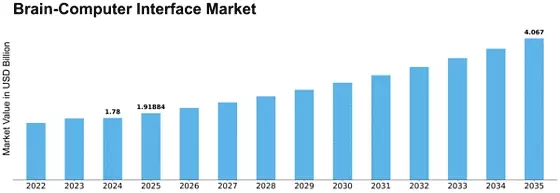


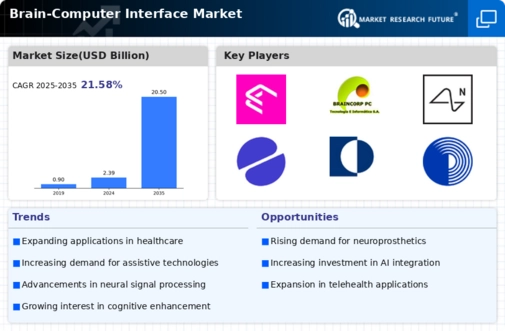
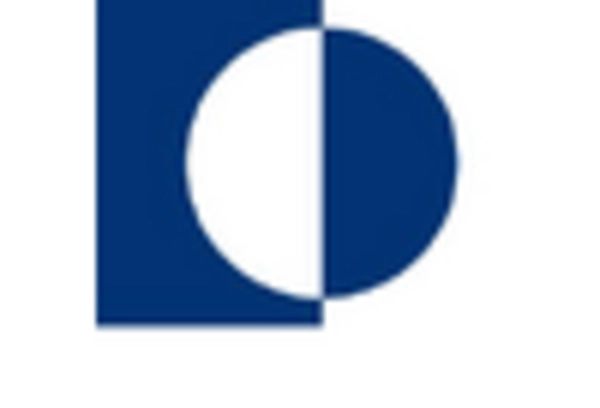
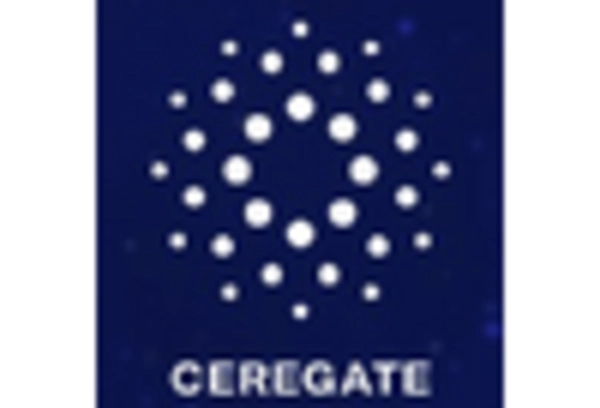
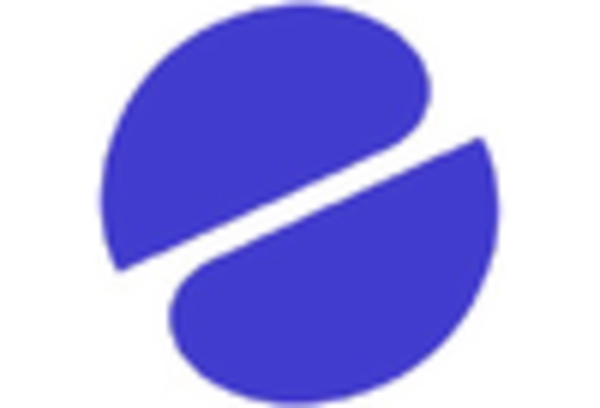

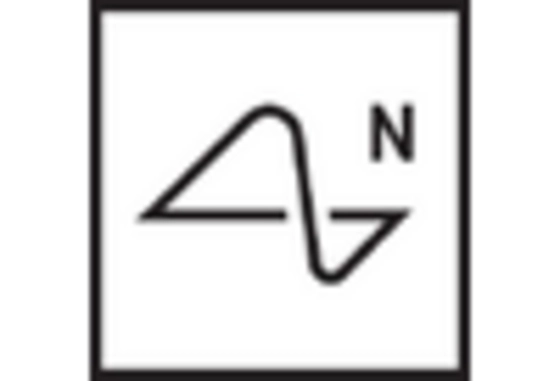
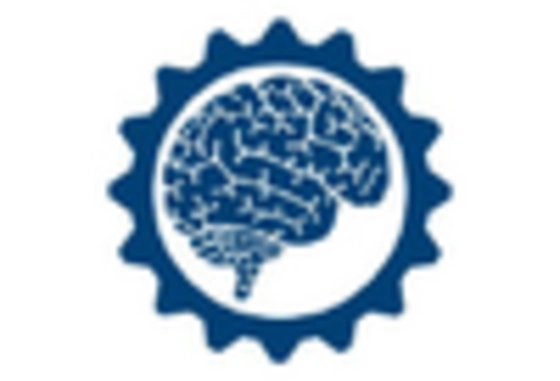
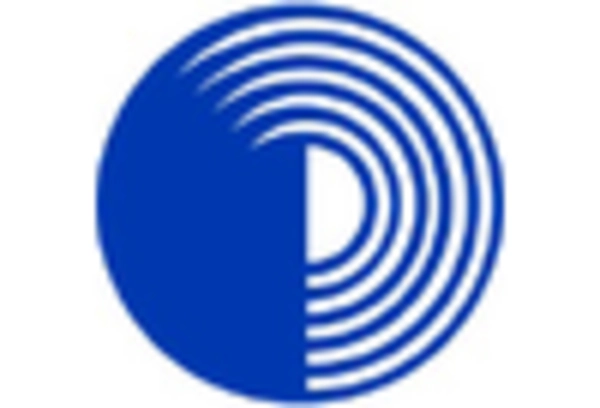
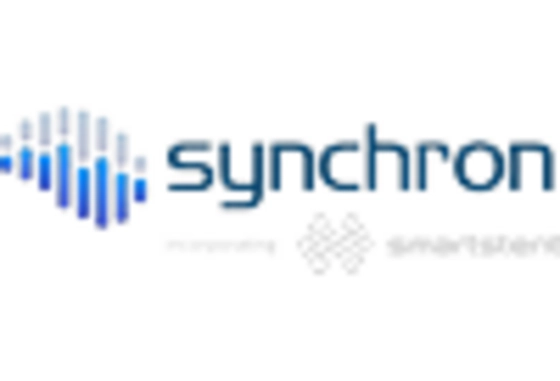









Leave a Comment